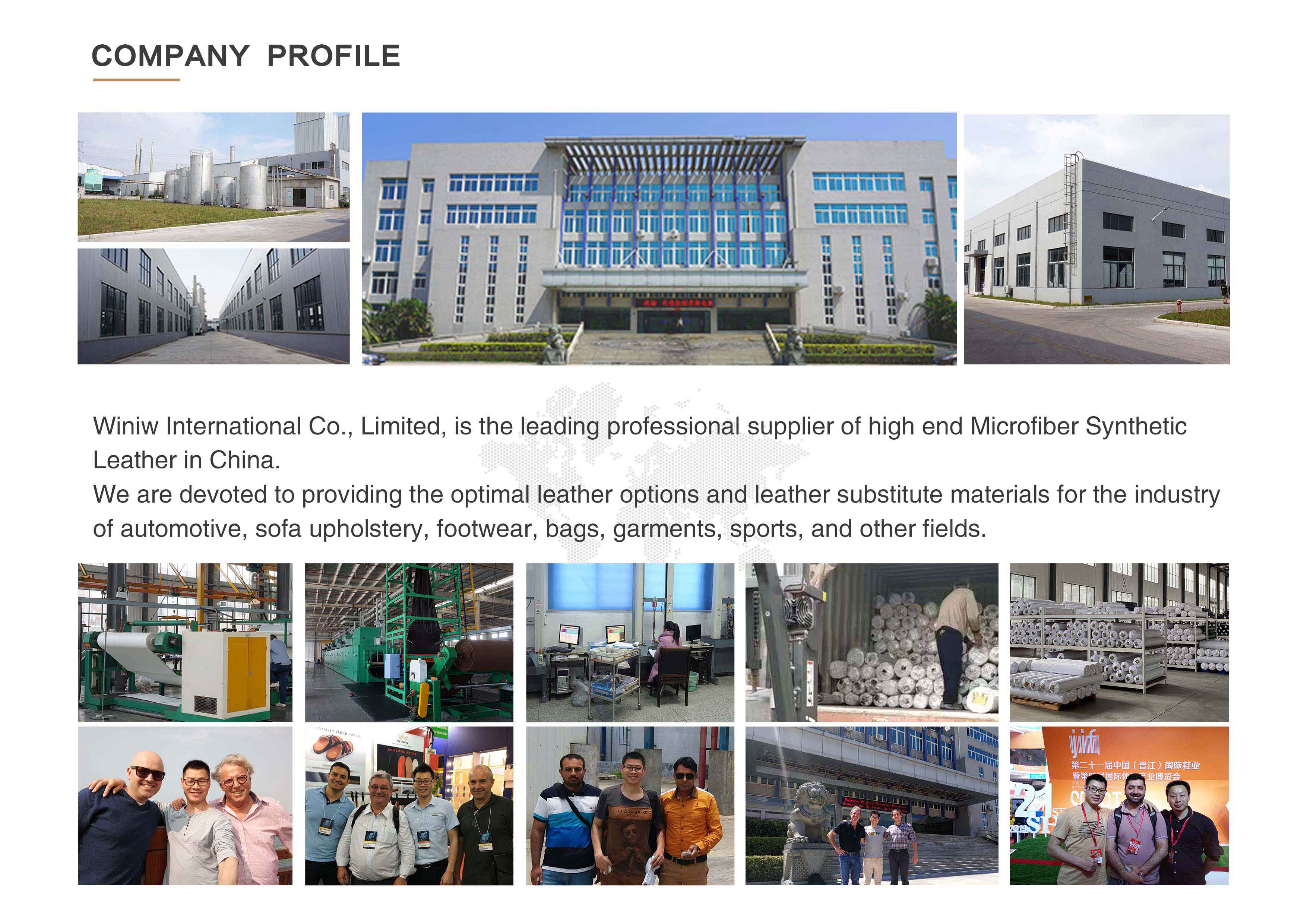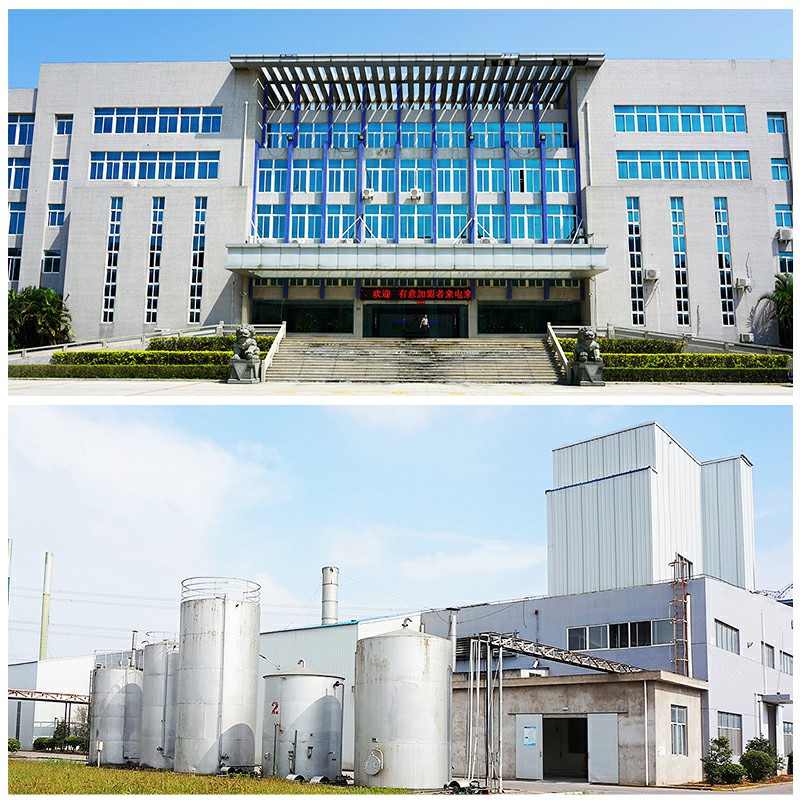Regular replacement of safety footwear ensures that workers stay protected. Employers should encourage workers to report any signs of wear or damage. Keeping a replacement schedule based on usage and work environment can also help. By staying alert to these warning signs, workers can avoid injuries and maintain a safe, productive workplace.
Selecting the right safety footwear involves a clear process. Workers should:
- Assess the work environment for hazards like sharp objects, slippery surfaces, and chemicals.
- Choose footwear that matches the specific risks, such as steel toe caps or chemical-resistant materials.
- Check that footwear meets current safety standards.
- Focus on comfort and fit to reduce injury risk.
Applying these steps helps create a safer, more comfortable workplace. Workers should review their footwear regularly and upgrade when needed.

FAQ
What is the difference between steel toe and composite toe boots?
Steel toe boots use metal for protection. Composite toe boots use materials like fiberglass or plastic. Composite toes weigh less and do not conduct electricity. Both types meet safety standards for impact resistance.
How often should workers replace safety footwear?
Workers should replace safety footwear when the sole wears flat, the toe cap becomes exposed, or waterproofing fails. Most boots last six to twelve months with regular use. Frequent inspection helps identify when replacement is necessary.
Can safety footwear be used in all weather conditions?
Manufacturers design some safety footwear for specific weather. Waterproof boots protect feet in wet environments. Insulated boots keep feet warm in cold conditions. Workers should select footwear that matches their climate and job requirements.
How can workers check if their boots meet 2025 safety standards?
Workers should look for certification labels inside the boots. Labels show compliance with ASTM F2412 and F2413 standards. Purchasing from authorized retailers ensures the boots meet current regulations.
Do safety boots cause foot pain?
Poor fit or incorrect sizing may cause foot pain. Workers should measure both feet and try on boots with work socks. Proper fit and gradual break-in reduce discomfort. Insoles can improve support and comfort.
Are slip-resistant soles necessary for every job?
Slip-resistant soles help prevent falls on wet or oily surfaces. Workers in kitchens, hospitals, and factories benefit most. Jobs with dry, clean floors may not require this feature.
What is metatarsal protection, and who needs it?
Metatarsal protection shields the top of the foot from heavy impacts. Workers in construction, mining, and manufacturing often need this feature. Metatarsal guards reduce the risk of fractures and serious injuries.
How should workers clean and store safety footwear?
Workers should clean boots with a soft brush and mild soap. Air drying preserves materials. Storing boots in a cool, dry place prevents mold and odor. Regular cleaning extends the life of safety footwear.












